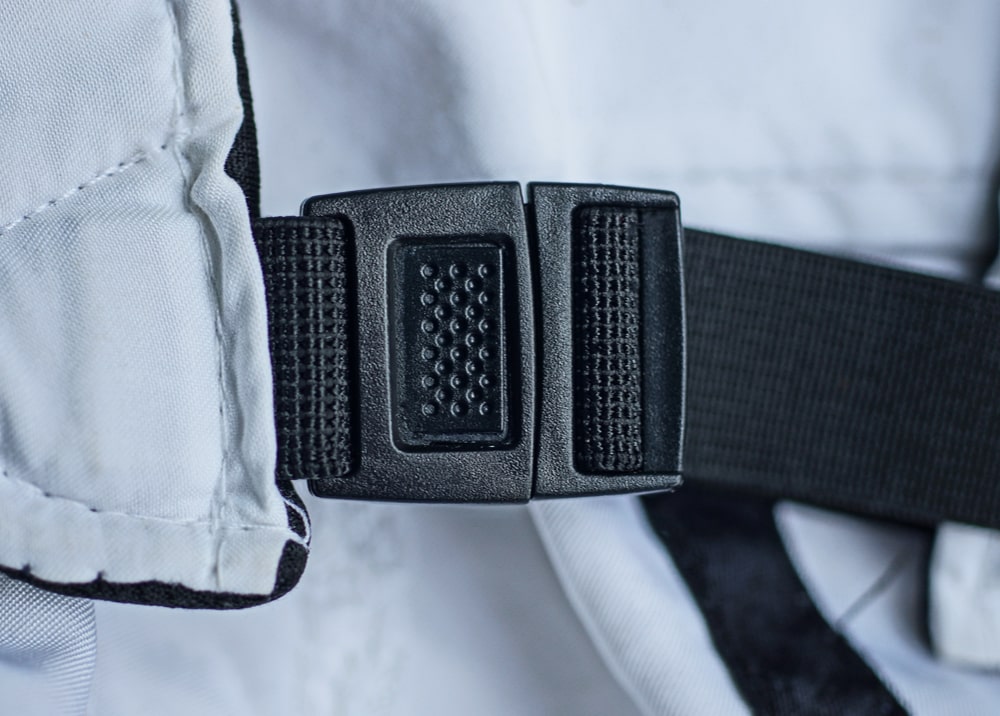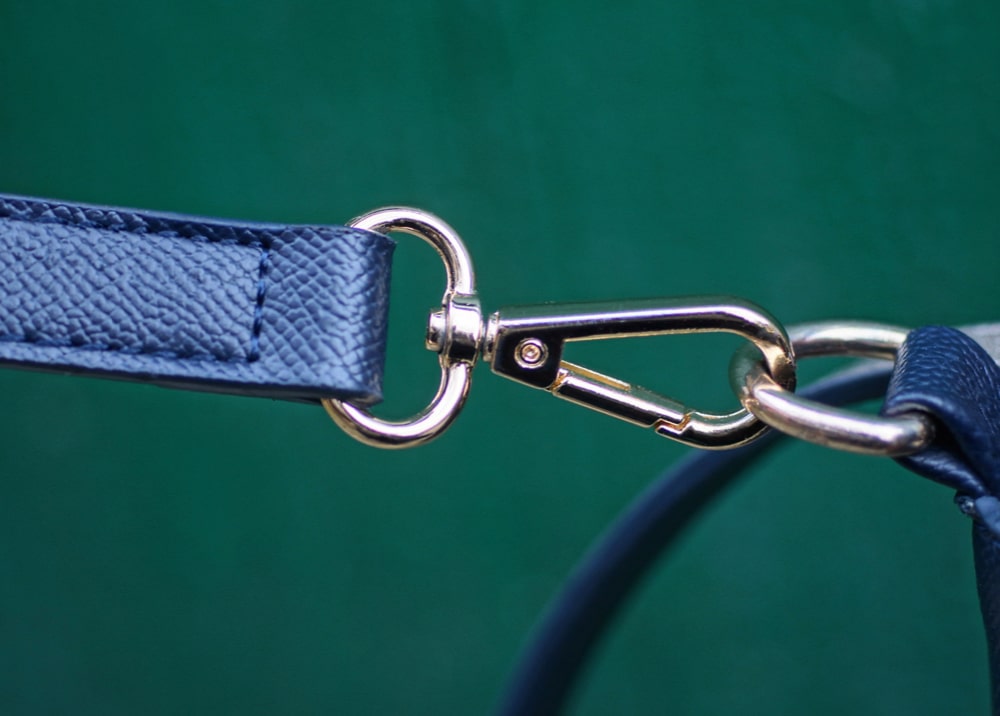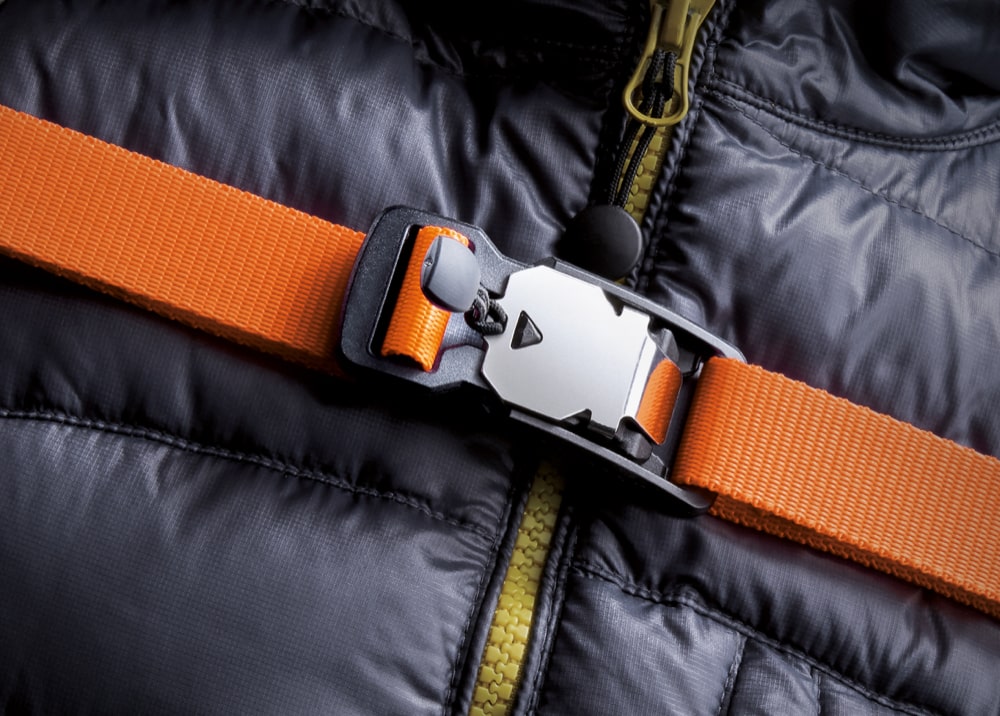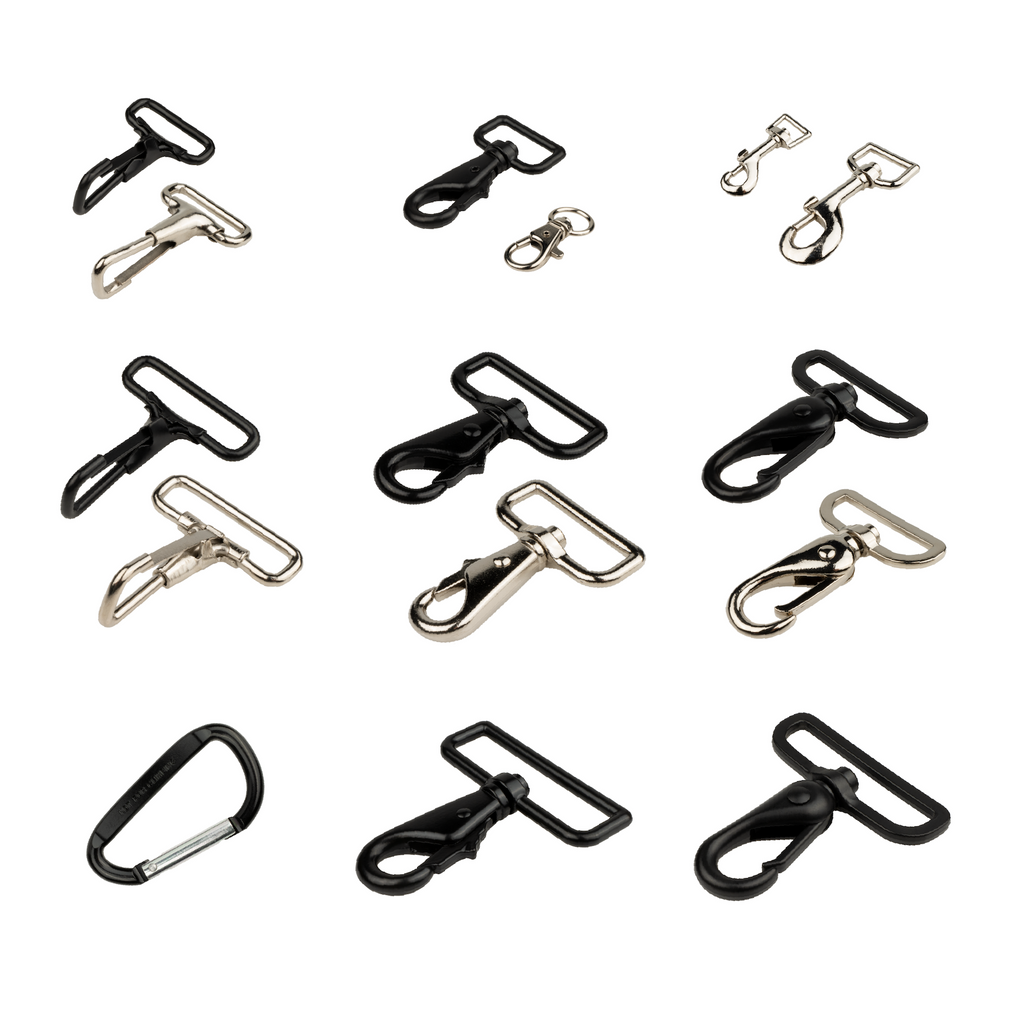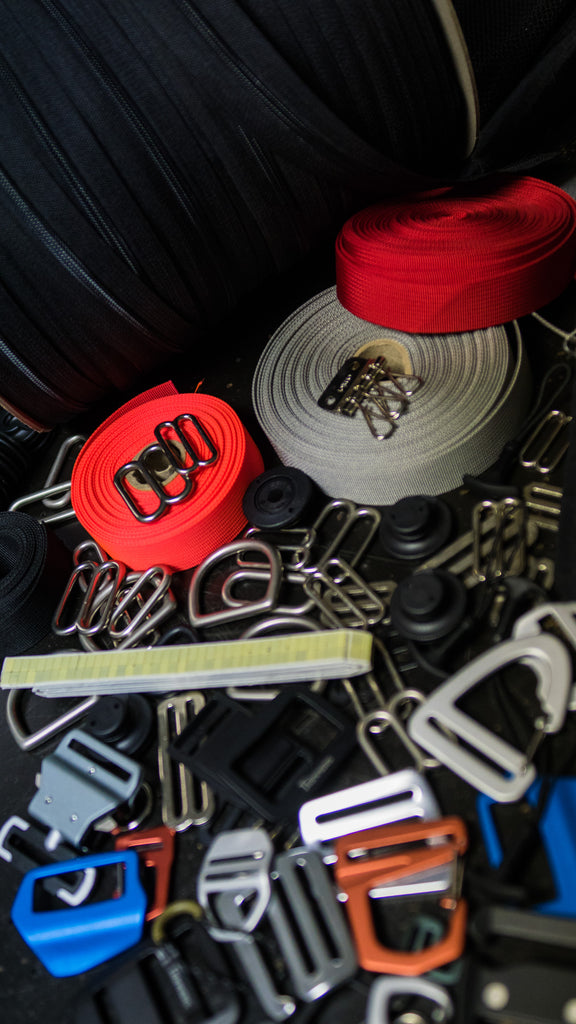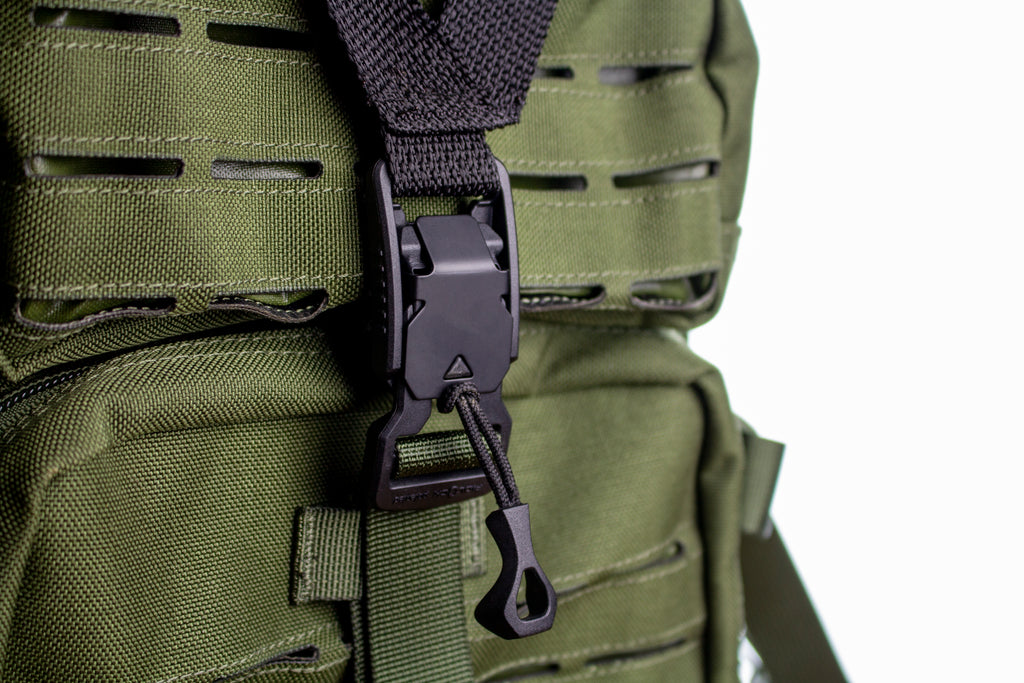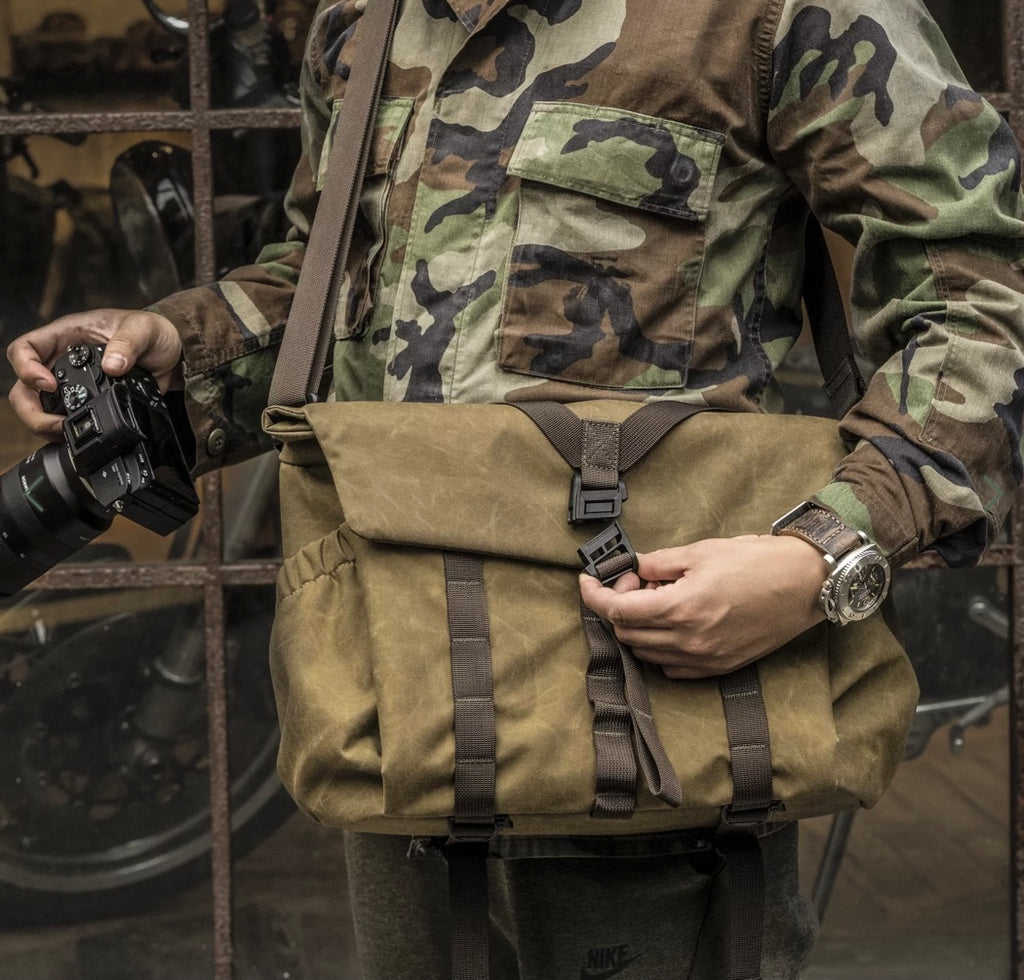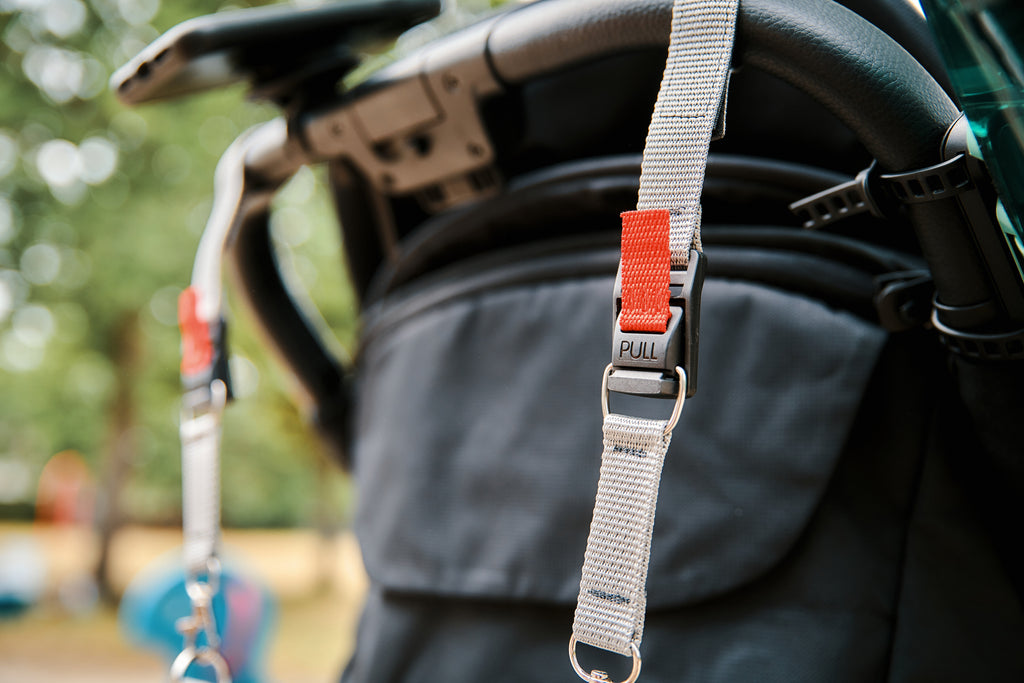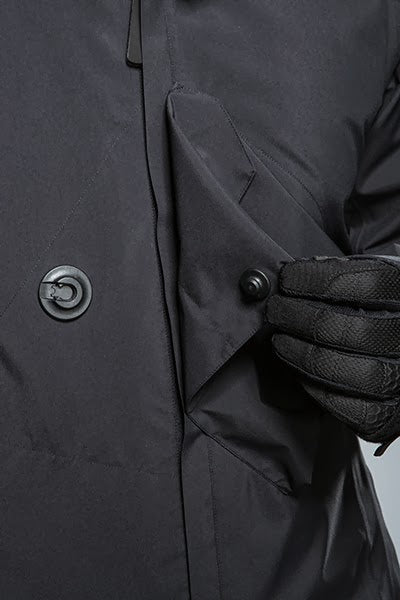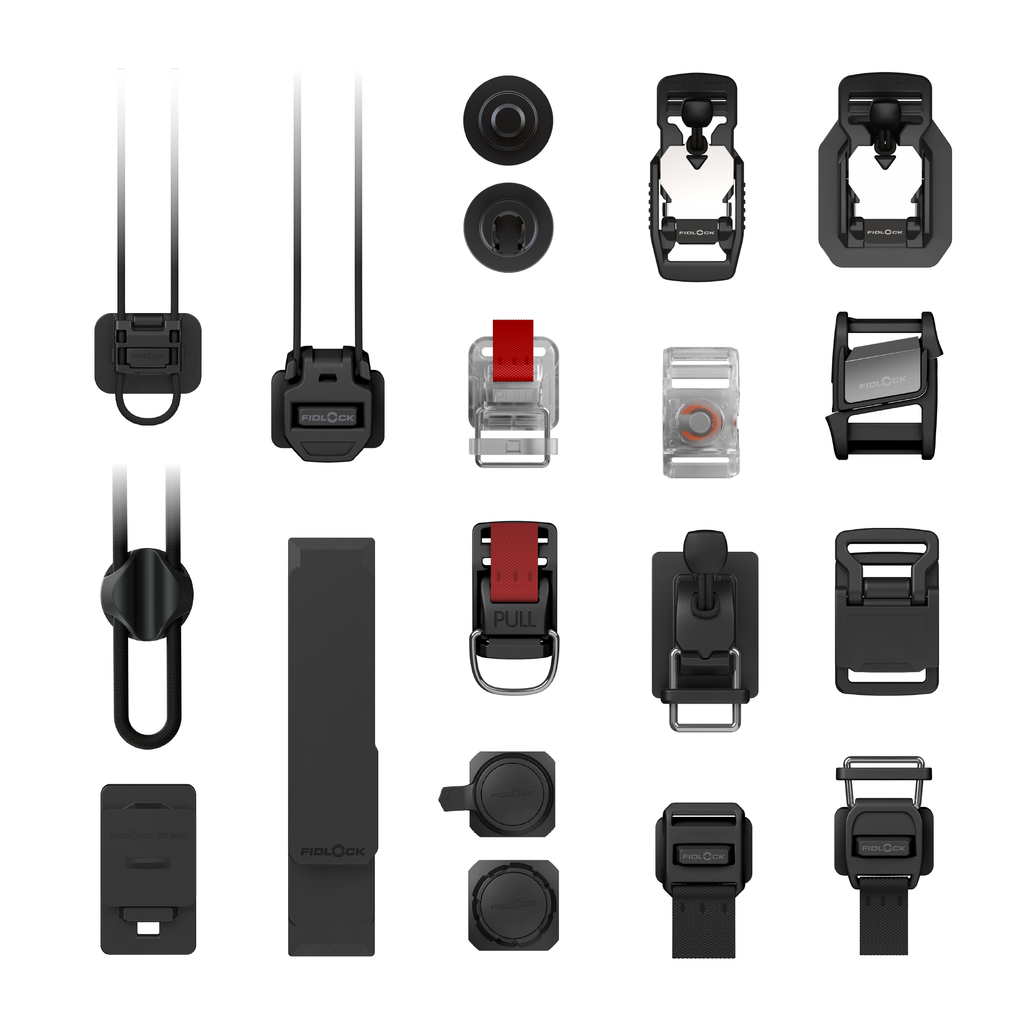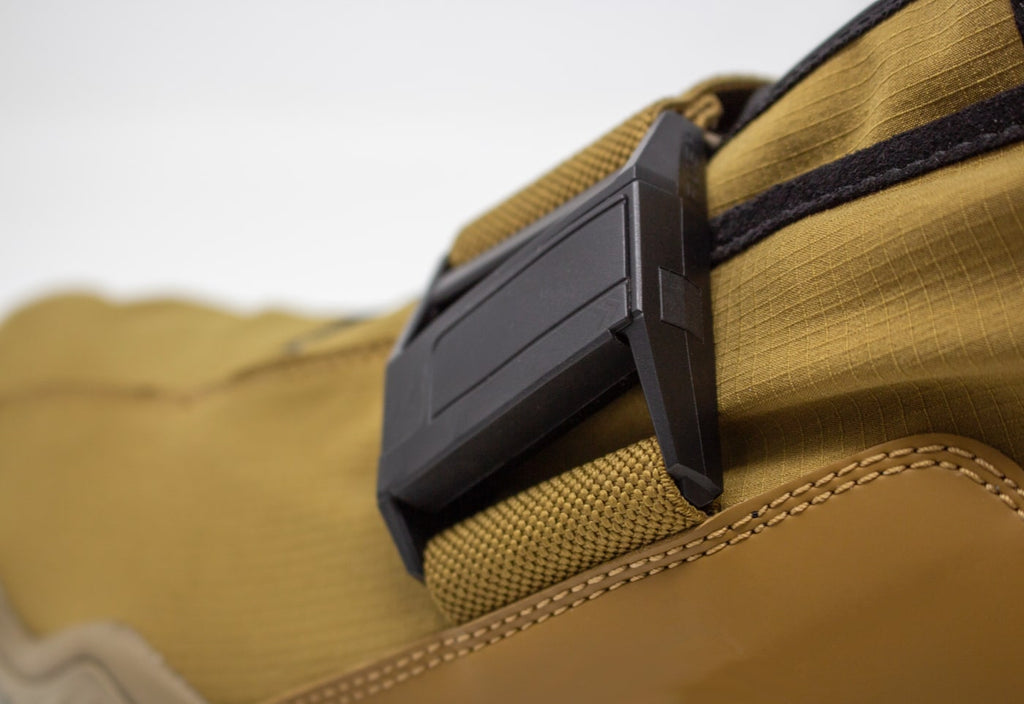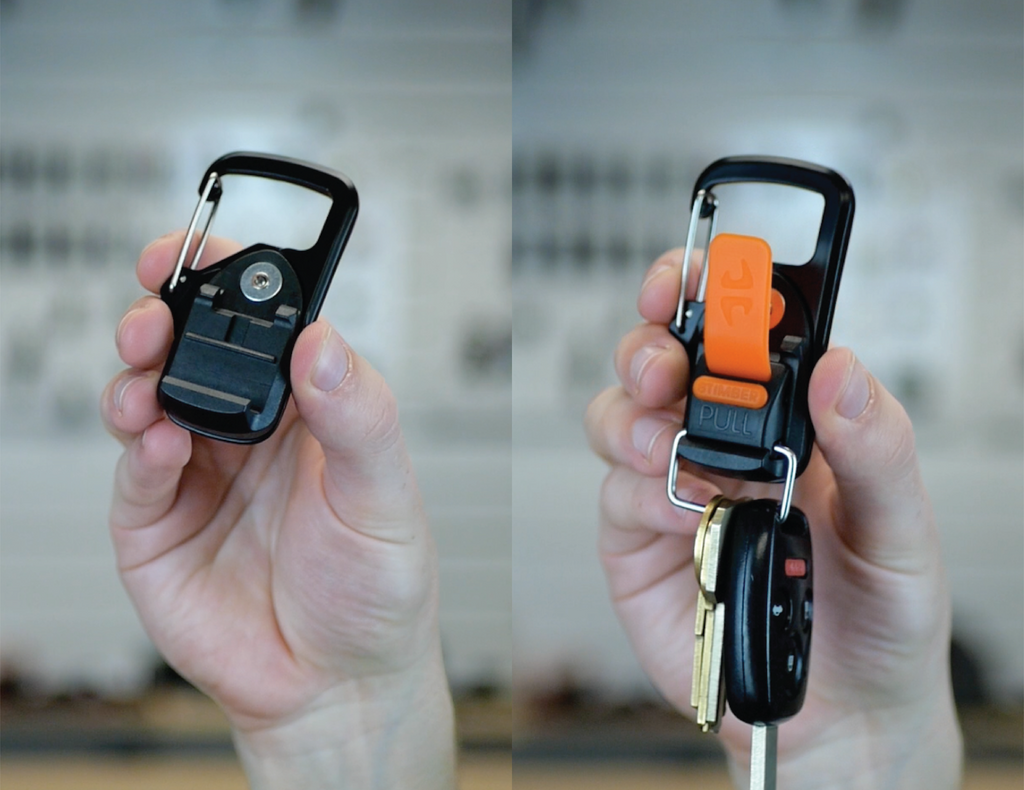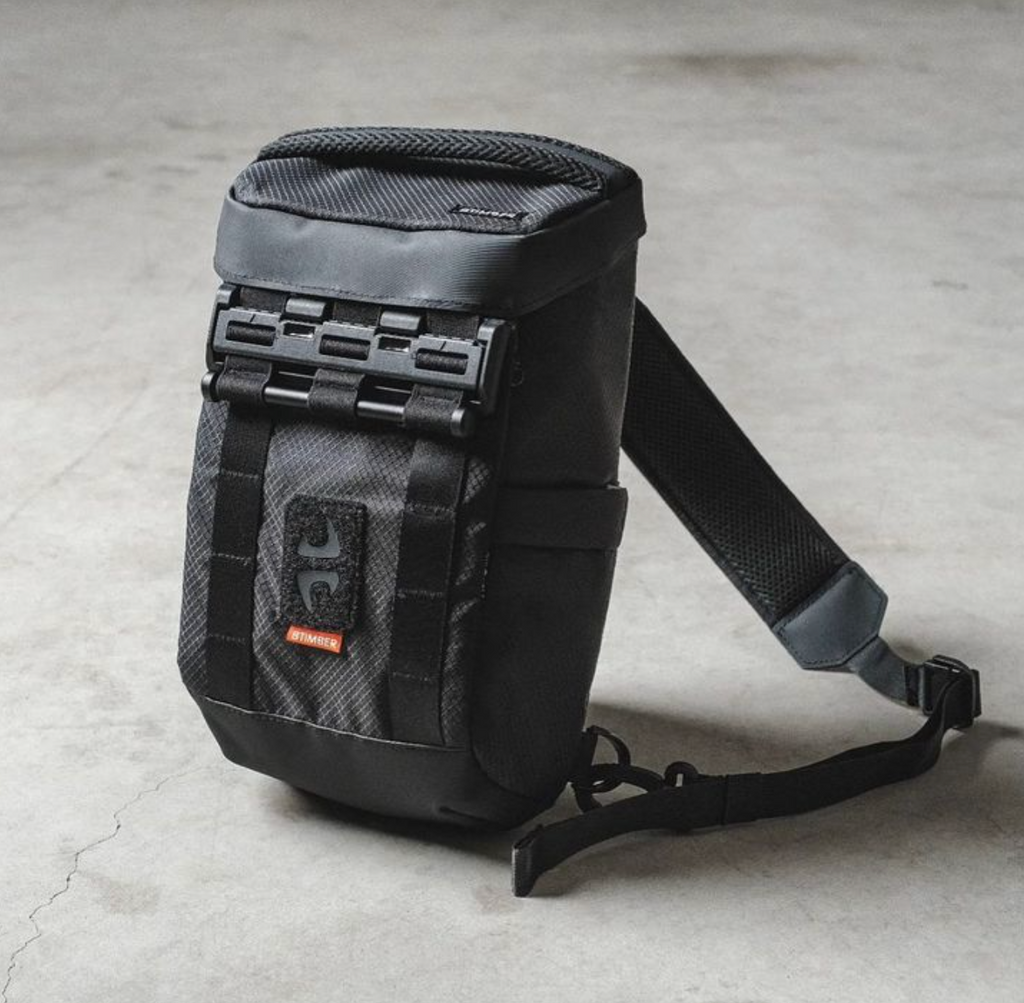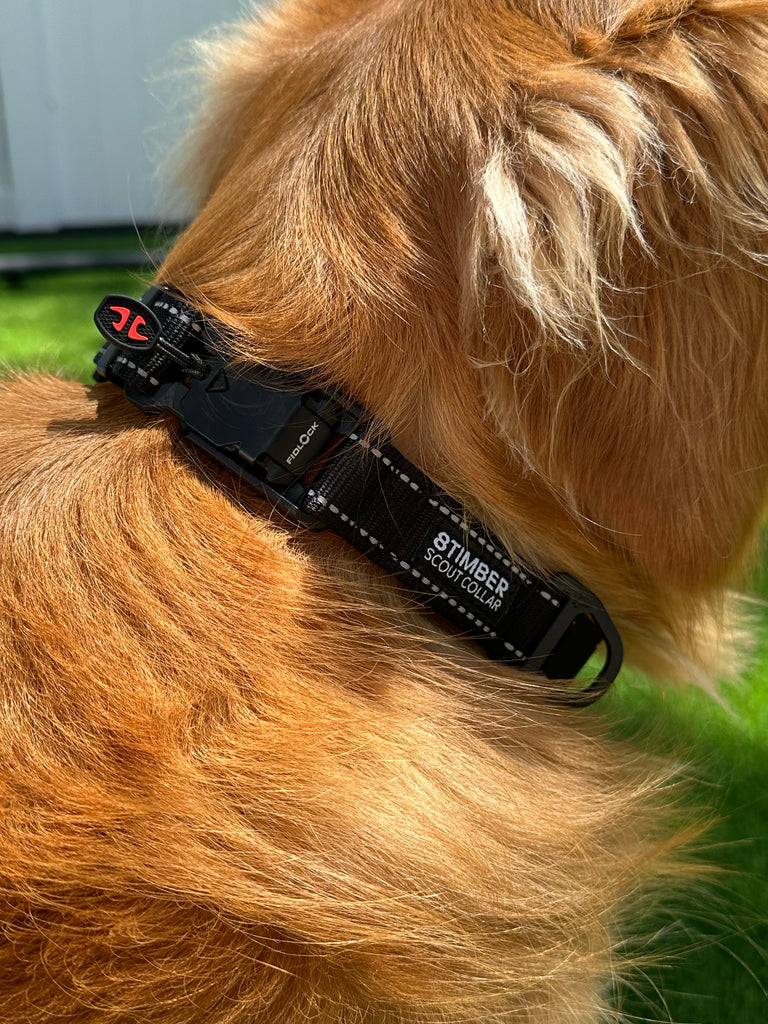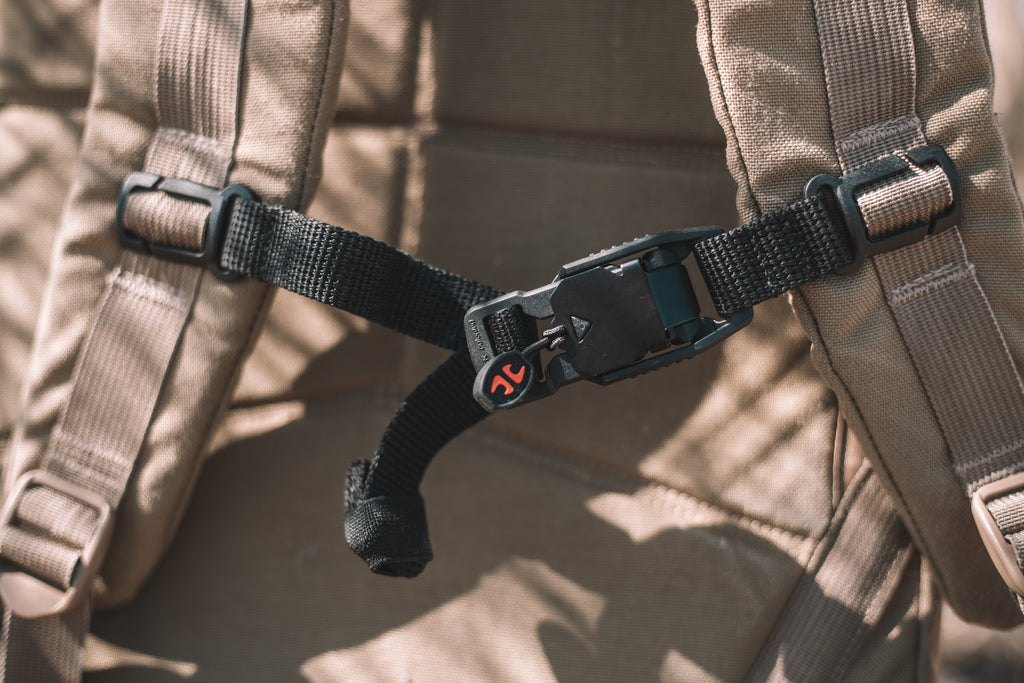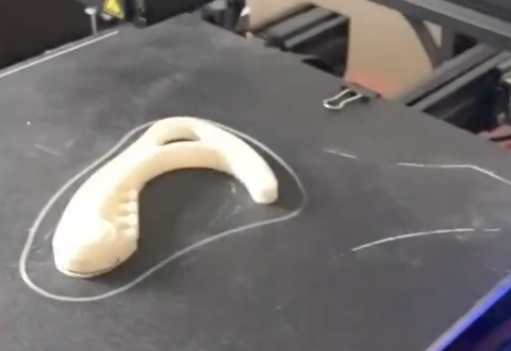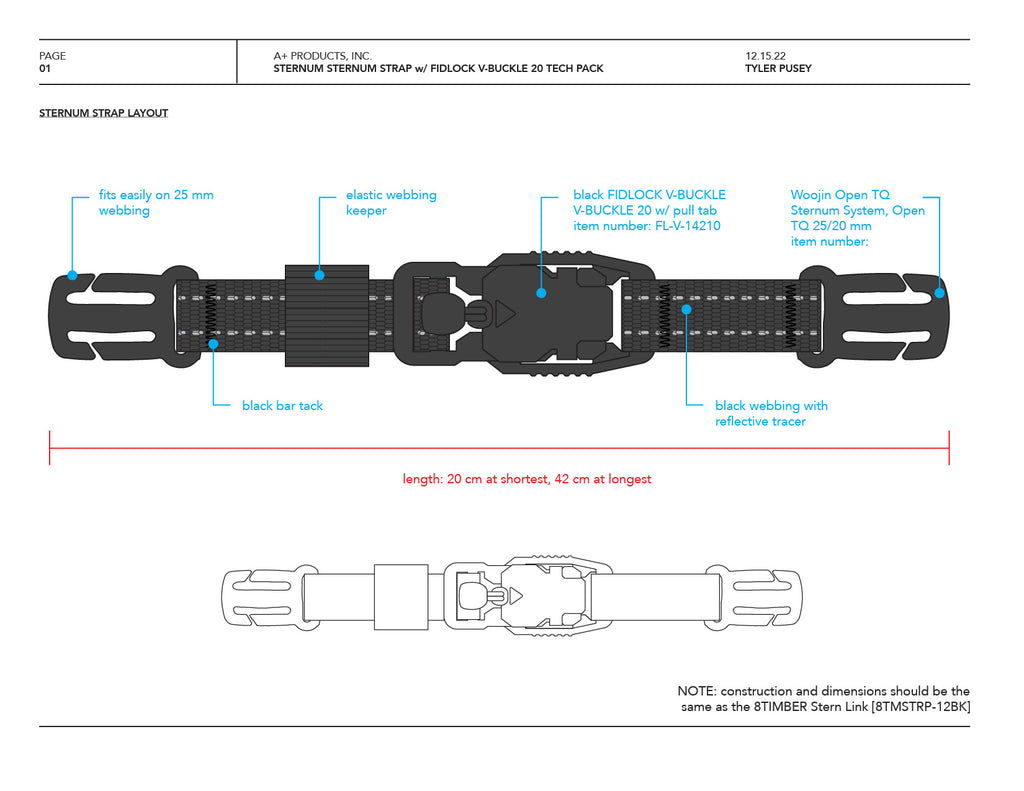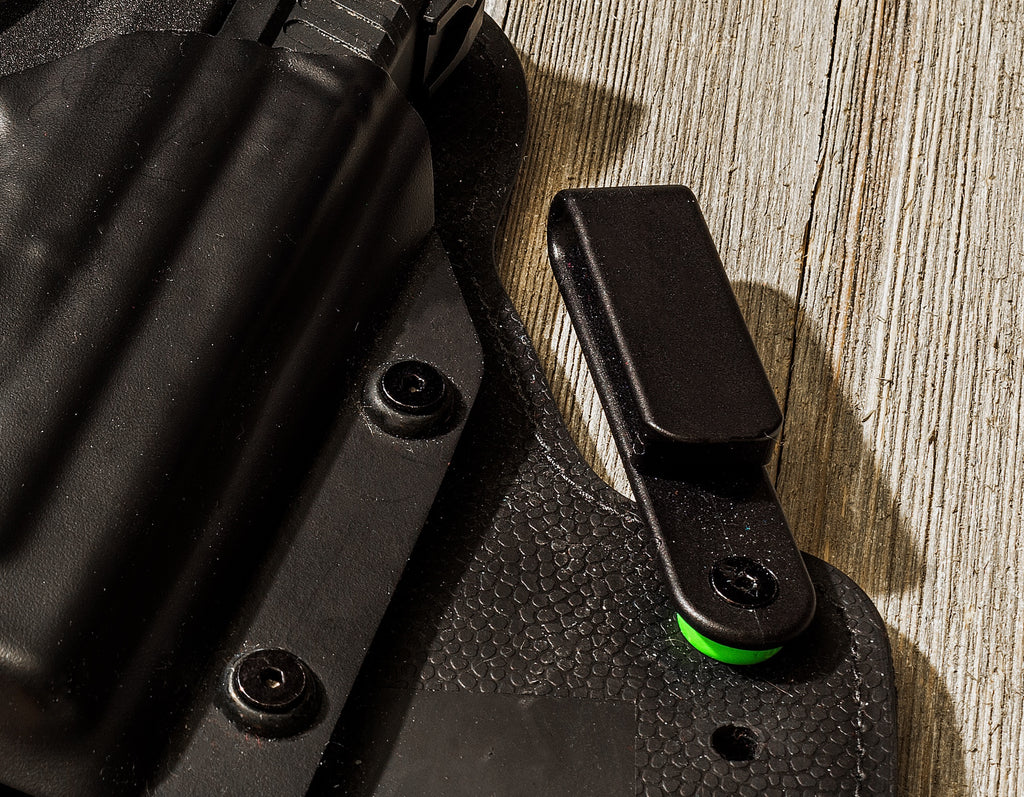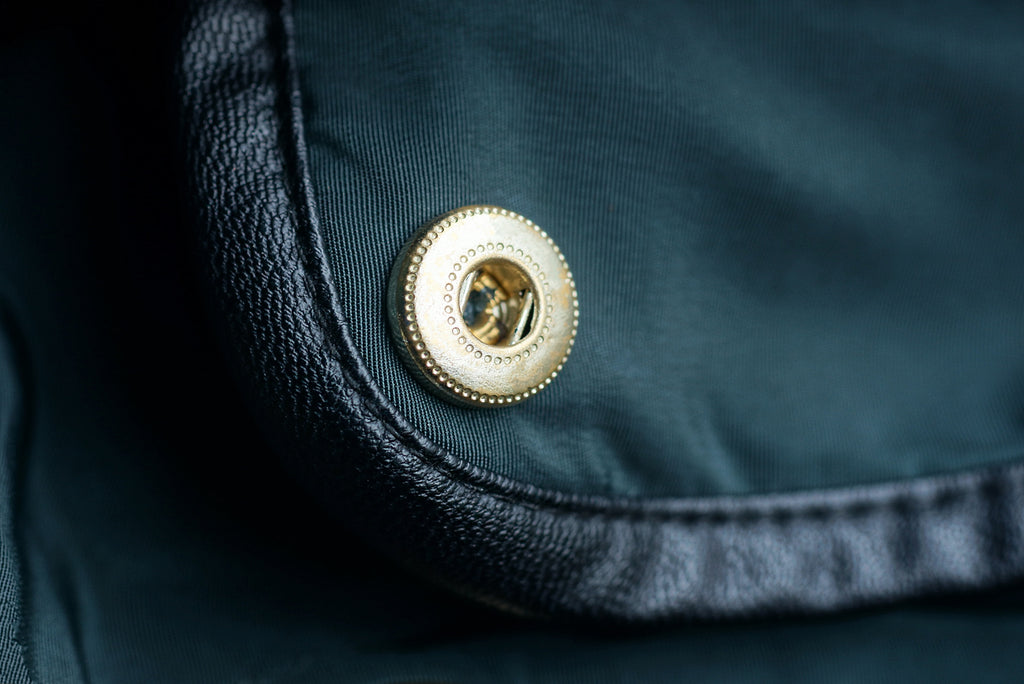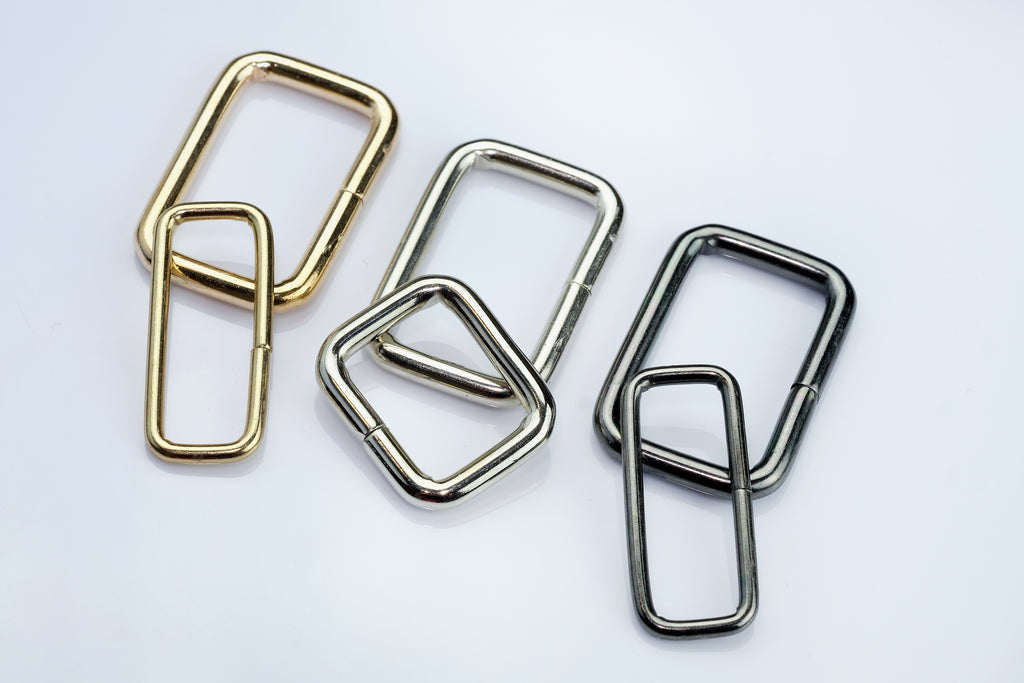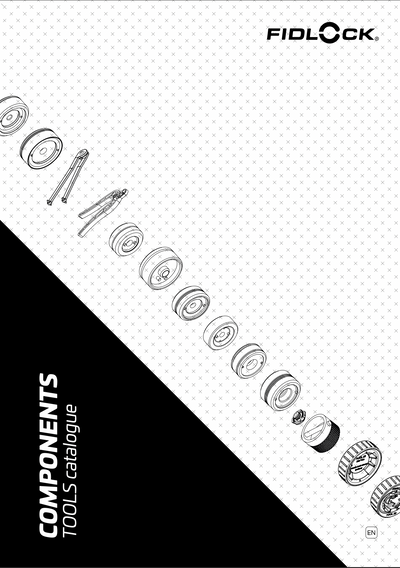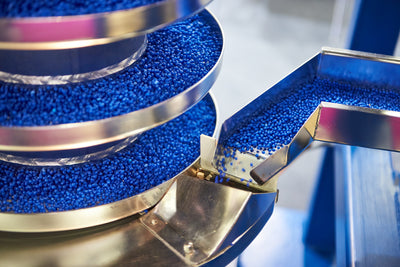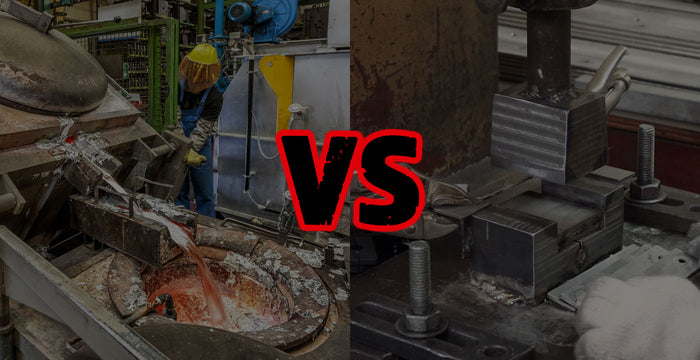
When you’re shopping for metal webbing hardware, you’re faced with options. Do you go with a stamped part or a die-cast part? Do you know the difference? This seemingly-simple manufacturing difference can completely reshape how the hardware interacts with your products.
In an effort to clear things up, our experts at A+ Group put together this piece. We’ll explain what each of these manufacturing processes are, the big differences, and which is right for you.
What Is Stamping?
Stamping is also called pressing, and it’s typically reserved for sheet metal. It can be done in a single step, or it might involve multiple stages.
The underlying concept is pretty simple: A piece of thin metal is positioned under a blade that gets affixed to a press head. The head comes down, cuts out the metal, and leaves you with a stamped piece.
The cutting head can change in order to achieve punching, embossing, blanking, bending, or flanging — all of which fall under the “stamping” umbrella.
What Is Die-Casting?
Die-casting is when you take molten metal and put it into a mold. When it fills up the mold, the metal is in the shape of the final product (in this case, metal webbing hardware).
The metal then gets pressurized which forces it to harden and cool, creating a finished unit.
Pros and Cons
There are advantages and disadvantages to both types of manufacturing. Let’s take a look at some of the big ones.
Material Selection
Die casting is typically only done with non-ferrous metals, while stamping can be done on either type. For reference, aluminum, zinc, and brass are examples of non-ferrous metals.
Overall Cost
For metal webbing hardware, stamping is a less expensive option as compared to die-casting. It means the final product will cost you and the customer less money.
Making Complex Features
Unfortunately, stamping is pretty limited when it comes to overall aesthetics. Only die-casting works for complex geometries due to the precision you get with this technology.
Resulting Scrap
These two manufacturing processes also vary with how much scrap they produce. With stamping, all the cut material is scrapped at the end of the process.
With a die-cast part, you only use as much metal as the part needs. This results in effectively no waste, saving you money on raw materials and recycling costs.
Final Accuracy
For parts like metal webbing hardware that need to be highly repeatable, manufacturers often go with die-cast pieces.
While stamped pieces can be very accurate, there are some additional factors that can hurt this value. For instance, dulling cutting heads, mistakes when aligning the raw material, or operational errors can all result in an inaccurate unit.
Speed of Production
While both options are pretty fast, die-cast parts tend to get produced quicker. For a warehouse making metal webbing hardware, you can produce many more units across the same period of time if you choose die-casting.
Overall Strength
In general, stamped parts tend to be stronger than die-cast. This is because metal has to be overheated to above its melting temperature in order to die-cast a part.
With stamping, it’s a cold working process. The sheet metal can be cut however it’s purchased from the manufacturer without added processes.
Which Is Right for Your Product?
The answer to this question varies depending on what you’re looking for.
For less expensive, stronger, simple parts made of any kind of metal, stamping is the way to go. They are also fabricated quicker which means you can get bulk orders delivered quicker.
For more complicated metal webbing hardware, die-cast pieces are the right choice. If your operation requires accurate parts that are all nearly identical, die-casting is also right for you.
Conclusion
Now you know the difference between stamping and die-casting with respect to metal webbing hardware. If you want to find the right solution for your operation, you can reach out to our experts at A+ Group today.

